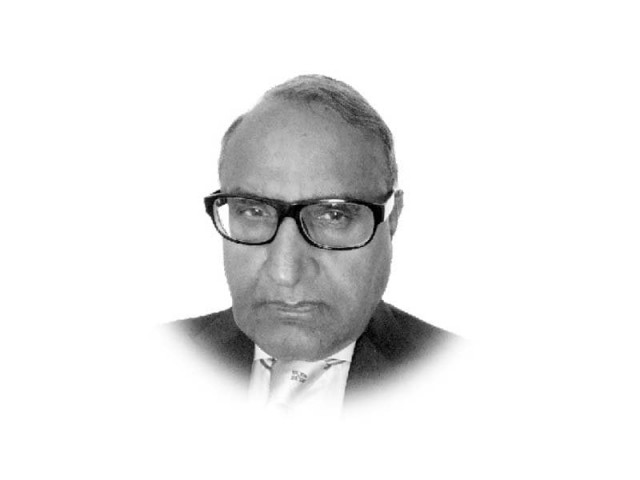Economic Affairs Division
At some point in the past, the name was changed but the initials “EAD” were protected.

The writer is a senior political economist based in Islamabad
As the government struggles between lives and/or livelihoods priorities in dealing with the increasing incidence of Covid-19, the Prime Minister gave a call for debt relief, followed up by the Foreign Minister in direct contacts with the major players. The newly installed economic affairs minister, who served the Musharraf regime as state minister for foreign affairs, boosted the heavy weight team. In turn, the IMF and the World Bank called on the bilateral donors to consider suspending the debt servicing of developing economies. In response, the original G7 and the G20 including China have agreed to the suspension this year and a possible extension next year. The borrowing countries are expected to make similar requests to the commercial creditors. Now this is the most the Bretton Woods sisters could do. Being an emerging market economy, Pakistan’s inclusion requires special pleading. At any rate, the bilateral (Paris Club) debt of around $11 billion is the smallest component of the external debt. The other bilateral debt of $13.2 billion is mainly from China, as also is commercial credit. The largest amount of debt of $36 billion is multilateral. This is not for rescheduling, restructuring, suspension or cancellation. New debt to pay for past debt is the only possibility. In terms of debt servicing, the bilateral interest payments are greater than the repayments and vice versa for the multilaterals. There are two IMF facilities for emergencies, the cheaper Rapid Credit Facility (RCF) for low income countries and the more expensive Rapid Financing Instrument (RFI) for emerging markets like Pakistan. Its advantage is quick disbursement without the need for a programme, but the terms are as stringent as a Stand-By Arrangement. Pakistan has made a request under the RFI. Similarly, the World Bank has quickly put together a Pandemic Response Effectiveness Project (PREP) of $200 million in new financing and $38 million diverted from eight existing projects. The Asian Development Bank also repurposed $50 million from existing projects and provided a grant of $2.5 million.
Pakistan is likely to get some respite, but not the kind of relief secured in the wake of 9/11 in 2001. Then it was only Pakistan. Now a large number of countries have to be assisted. In addition, the donor countries themselves are in deep recession. Servicing of the debt suspended for 15 years has resumed and the hope of one of the authors of the deal that “Pakistan will no longer be obligated to have future agreements with the IMF to seek debt rescheduling” has not been fulfilled. Those who argued “that debt re-profiling has simply postponed the D-day” were, sadly, not mistaken. In essence, the Economic Affairs Division continues to be the External Assistance Division, buoyed up by naysayers of yester years.
Published in The Express Tribune, April 17th, 2020.
Like Opinion & Editorial on Facebook, follow @ETOpEd on Twitter to receive all updates on all our daily pieces.
















COMMENTS
Comments are moderated and generally will be posted if they are on-topic and not abusive.
For more information, please see our Comments FAQ